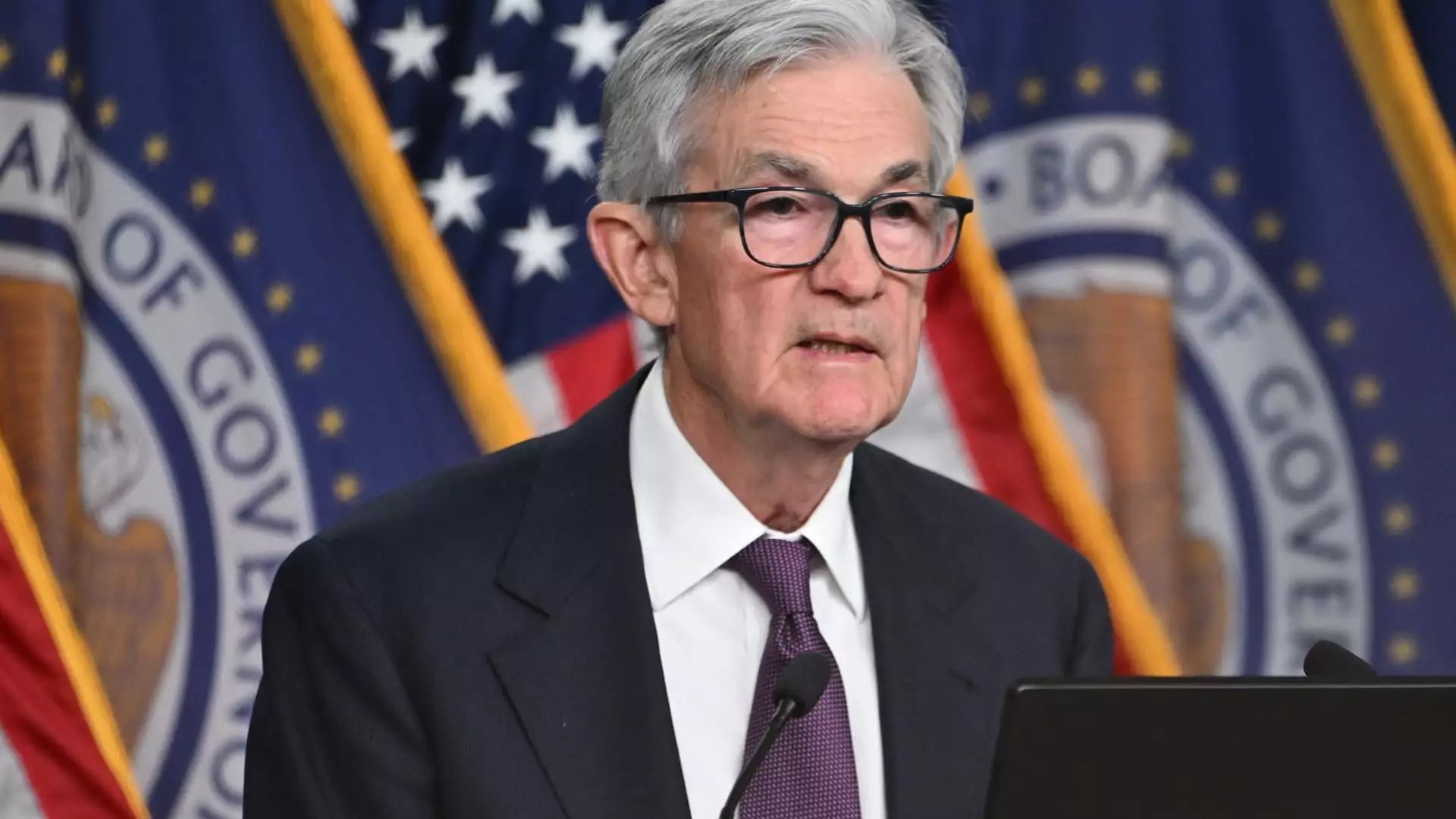The Federal Reserve’s recent decision to lower key interest rates marks a significant moment in U.S. economic policy, highlighting the balancing act the central bank must perform in response to various economic indicators. The move, which results in a reduction of the overnight borrowing rate to a target range of 4.25%-4.5%, reflects both a reaction to ongoing economic conditions and an effort to signal future policy direction amidst a complex landscape of inflation, growth, and labor market dynamics.
The Federal Open Market Committee (FOMC) executed a quarter-point cut—the third in a row—amplifying conversations around the central bank’s future stance on rate adjustments. While market analysts anticipated this action, the implications of the Fed’s cautious tone regarding further cuts raised questions. Historically, reduced interest rates are associated with economic stimulus; however, the current environment features inflation rates that remain above the Fed’s target, creating a paradox in the policy decision-making process.
Chair Jerome Powell conveyed a sense of careful deliberation in adjusting rates, suggesting that the Fed has transitioned to a less restrictive policy environment. However, concerns linger about the implications of this approach on broader economic stability. The projections offered in the “dot plot” indicated an expectation for minimal future rate cuts, with a forecast for two additional reductions by 2026. Such projections could signal to markets a slower pace of monetary easing, challenging the conventional narrative that higher growth typically translates to higher rates.
The immediate aftermath of the Fed’s announcement saw a sharp decline in stock markets, with the Dow plunging over 1,100 points. This reaction can be attributed to several factors, including the recalibrated expectations set forth by the Fed regarding future monetary policy. Investors, interpreting the Fed’s cautious guidance, adjusted their outlook on the likelihood and timing of future rate decreases, suggesting a broader apprehension about potential economic headwinds.
In parallel, the updated Summary of Economic Projections also painted a mixed picture of the economy. The Fed has seemingly reconciled its outlook with a forecasted 2.5% GDP growth for 2024, which is optimistic compared to previous estimates. Nevertheless, projections suggest a deceleration in the growth rate thereafter, settling to a long-term average of 1.8%. This suggests that while immediate conditions may seem favorable, structural issues could hinder sustained growth.
In navigating this intricate landscape, inflation remains a dominant concern. The Fed has adjusted its estimates for headline and core inflation, anticipating a climb to 2.4% and 2.8%, respectively. These figures surpass the Fed’s 2% target, further complicating its policy calculus as inflation persistence usually calls for tighter monetary conditions. Interestingly, data from the Atlanta Fed projects a robust 3.2% growth rate in the fourth quarter, juxtaposed against an unemployment rate that hovers around 4%. Such dynamics would typically advocate for restrained monetary policy, yet the Fed finds itself in a position where it must avoid actions that could precipitate an economic slowdown.
The conflicting signals—strong GDP growth coupled with elevated inflation—complicate the Fed’s decision-making as it attempts to fortify economic expansion while simultaneously addressing price stability. Powell articulated a need for caution, indicating that the Fed’s actions should be measured against the slower-moving fiscal policy landscape under an incoming administration poised to implement potentially inflationary measures.
As the Fed recalibrates its policies in light of current economic conditions, it faces a challenging road ahead. The rate cuts executed thus far represent a strategic pivot aimed at stimulating growth without fostering excessive inflation. Additionally, the Fed’s decision to lower rates could be seen as an acknowledgment of economic signals that necessitate vigilance rather than aggressive action.
The conversation surrounding monetary policy thus becomes not just about immediate cuts but about establishing a trajectory that supports sustainable economic health. Powell’s remarks on the necessity for careful assessment serve to underline the complexity of interactions between fiscal policy, market expectations, and the overarching goal of economic stability.
While the Federal Reserve’s recent maneuvers reflect an adaptable approach to current economic realities, the interplay between inflation, growth, and labor market metrics will play a pivotal role in shaping the central bank’s actions in the near future. With eyes firmly set on both domestic and global economic indicators, the Fed continues to navigate a challenging landscape as it seeks to fulfill its dual mandate of price stability and maximum sustainable employment.

